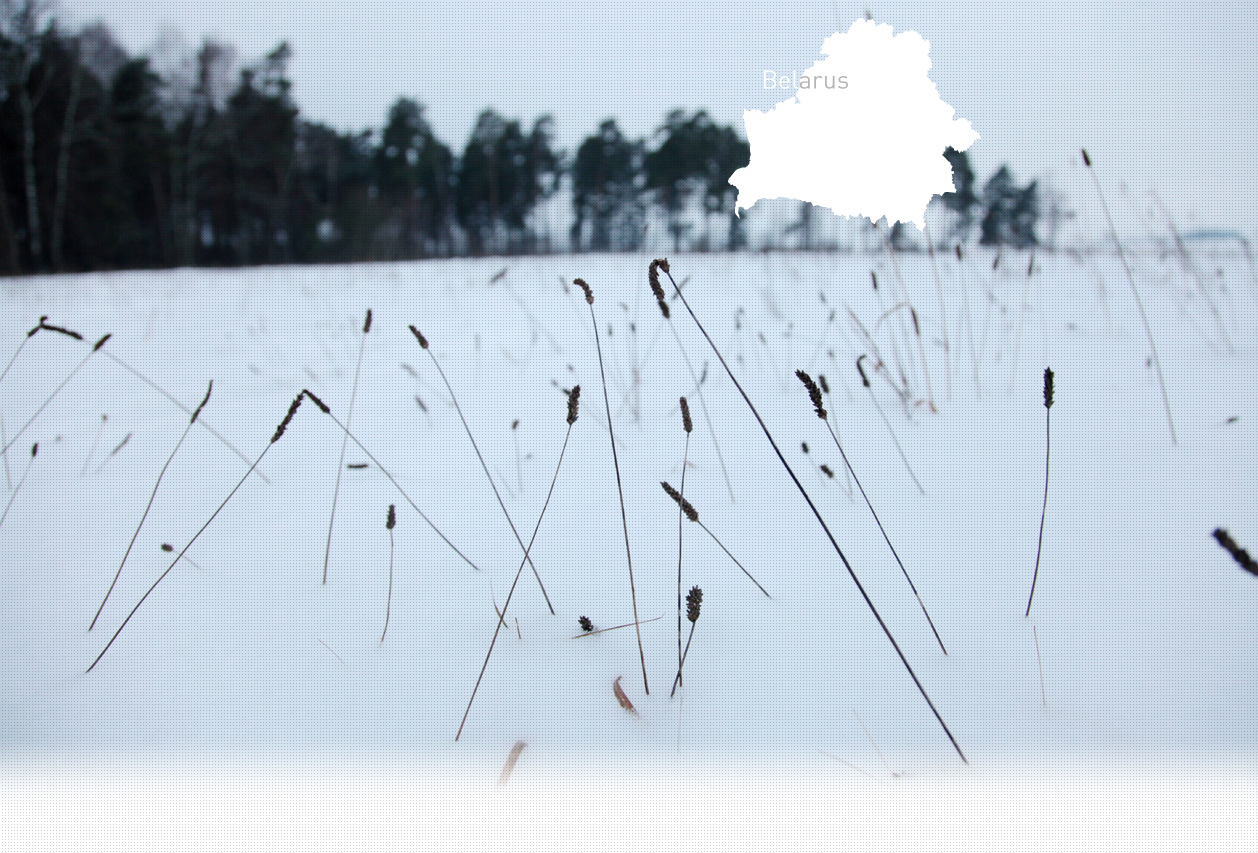

1 Killing site(s)
Ilya P., born in 1927: "The two machine guns were already standing ready on the side behind the victims. The victims were to be shot in the back. They were lined up on the edge of the pit. A German gave the order to shoot, he was an SS officer. One German refused to shoot. Policemen, including Latvians and Lithuanians, were there too.” (Witness n°230B, interviewed in Telekhany, on August 17, 2009)
"It was in the morning of August 5, 1941. I was at home when I noticed mounted German soldiers at the edge of the village. I realized that Telekhany had been surrounded. A German standing near my house said that all the Jews were going to be killed today. […] In the afternoon, the Germans and policemen came and ordered me to go to the Grechichne Ravine. When I arrived there, I found other people who had been brought there before me, digging large pits with shovels. The SS punitive squad was overseeing our work. They forced us to dig deep pits. The German punitive squad members brought the Jews there, 15-20 people in each group, forced them to kneel, and shot them in the back of the head, killing them. I was very close and had to watch the Germans shoot the elderly people, the children, and the women, all of them innocent and peaceful civilians. The shooters did their work eagerly and happily. After delivering the shots to the back of the head, the executioners who had brought the victims to the site would go for the next group, laughing, while several men of the punitive squad would stay behind to finish off any survivors. To make certain that everyone was dead, [they] would go over the bodies, kicking them with their boots and hitting them with rifle butts." [Deposition given by a local villager Iulian B., born in 1915 to the Soviet State Extraordinary Commission (GARF) on April 25, 1945; GARF 7021-90-30]
Telekhany is in western Belarus, 175 km (107 mi) northeast of Brest and 53 km (35 mi) north of Pinsk. The first records of the Jewish community date back to the 18th century. According to the 1897 census, there were some 1,508 Jews in Telekhany making up 59% of the total population. In 1921, there were only 463 Jews, 50% of the total population. The majority of Telekhany’s Jews lived off small-scale trade and handicraft. The Jewish community had a cemetery and a prayer house. In between the two world wars, the town was under Polish rule. However, in September 1939, it was taken over by the Soviet Union. It is estimated that about 2,000 Jews including refugees from occupied Poland were living in Telekhany on the eve of the war.
Telekhany was occupied by German forces on June 28, 1941. By that time, many local Jews had tried to flee to the east, but only some succeeded, while others had to come back. One month later, on August 5, 1941, all the Jews - men, women, children, and elderly people - were assembled in the warehouse. They were arrested in their homes and taken to the building. Anyone who refused or intended to escape was shot on the spot. That same day, the Jews were taken from the building to the ravine to be shot in groups of 15-20. According to some testimonies, the men and women and the children and the elderly were shot separately. The shootings were conducted by a SS Cavalry detachment over two days – August 5 and 6. Before being killed, the victims were forced to kneel and shot in the back of the head. The pits were filled in by the local requestioned people, who had been forced to dig them prior to the execution and who remained at the shooting site during the killing. Today, there is a memorial at the shooting site.
Do you have additional information regarding a village that you would like to share with Yahad ?
Please contact us at contact@yahadinunum.org
or by calling Yahad – In Unum at +33 (0) 1 53 20 13 17